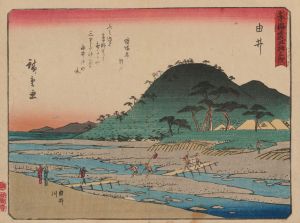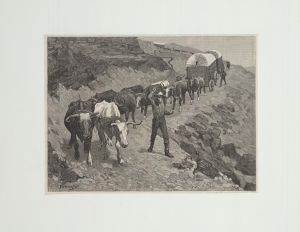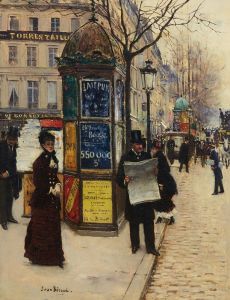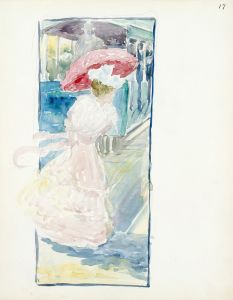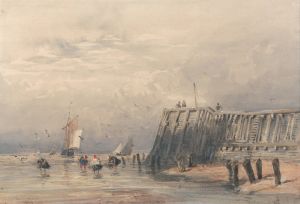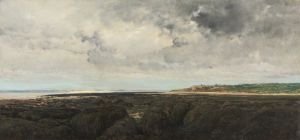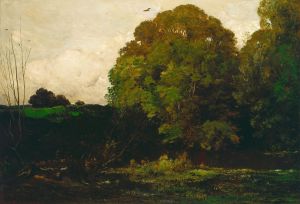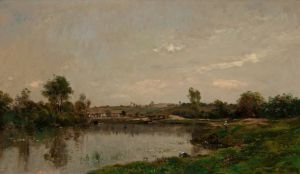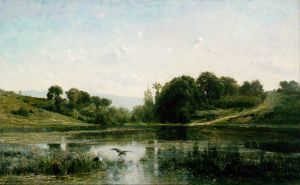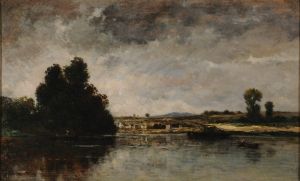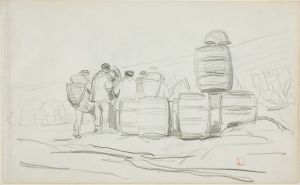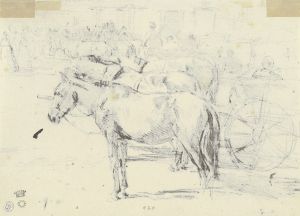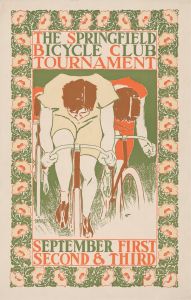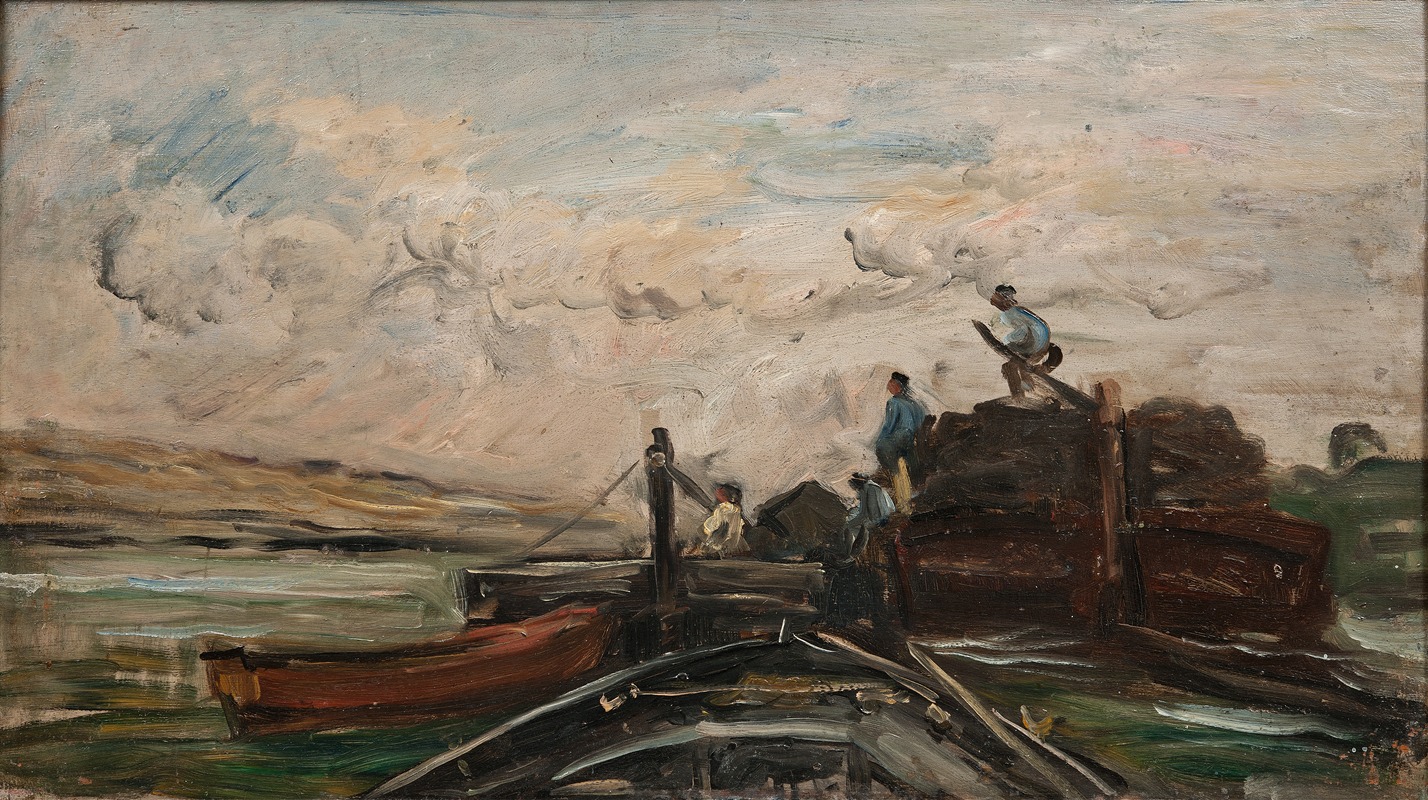
Barges on a River
A hand-painted replica of Charles François Daubigny’s masterpiece Barges on a River, meticulously crafted by professional artists to capture the true essence of the original. Each piece is created with museum-quality canvas and rare mineral pigments, carefully painted by experienced artists with delicate brushstrokes and rich, layered colors to perfectly recreate the texture of the original artwork. Unlike machine-printed reproductions, this hand-painted version brings the painting to life, infused with the artist’s emotions and skill in every stroke. Whether for personal collection or home decoration, it instantly elevates the artistic atmosphere of any space.
Charles François Daubigny, a prominent French landscape painter of the 19th century, is widely recognized as one of the key precursors to the Impressionist movement. His painting Barges on a River exemplifies his dedication to capturing the natural beauty of rural France and his innovative approach to plein air painting. While specific details about the creation of Barges on a River are limited, the work reflects Daubigny’s characteristic style and thematic focus.
Daubigny was closely associated with the Barbizon School, a group of artists who sought to move away from the formalism of academic painting and instead emphasized the direct observation of nature. He often painted scenes of rivers, fields, and forests, frequently incorporating human activity into his landscapes. Barges on a River is consistent with this approach, depicting a tranquil river scene with barges, likely used for transportation or commerce, floating along the water. The painting captures the harmonious relationship between human industry and the natural environment, a recurring theme in Daubigny’s work.
Daubigny’s technique involved the use of loose, fluid brushstrokes and a muted, naturalistic color palette, which lent his works a sense of immediacy and atmosphere. He was known for painting outdoors, directly in front of his subjects, a practice that influenced later Impressionist painters such as Claude Monet and Camille Pissarro. In fact, Daubigny’s innovative use of a studio boat, which he called Le Botin, allowed him to paint river scenes from unique vantage points. While it is not confirmed whether Barges on a River was painted from this boat, many of his river landscapes were created in this manner.
The exact date of Barges on a River is not documented, but it likely falls within the period of Daubigny’s mature career, during the 1850s to 1870s, when he produced many of his most celebrated works. This era saw Daubigny traveling extensively along the rivers of France, including the Seine and the Oise, which frequently served as inspiration for his art.
Today, Barges on a River is appreciated as a testament to Daubigny’s skill in capturing the serene beauty of the French countryside and his role in paving the way for the Impressionist movement. The painting is housed in a public or private collection, though specific details about its current location are not readily available.





